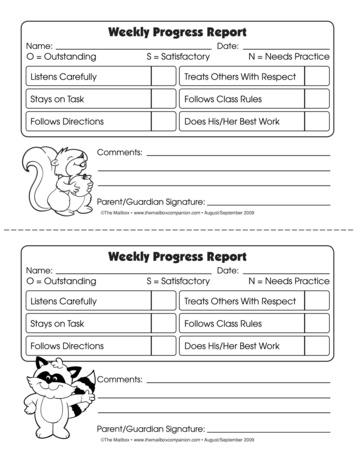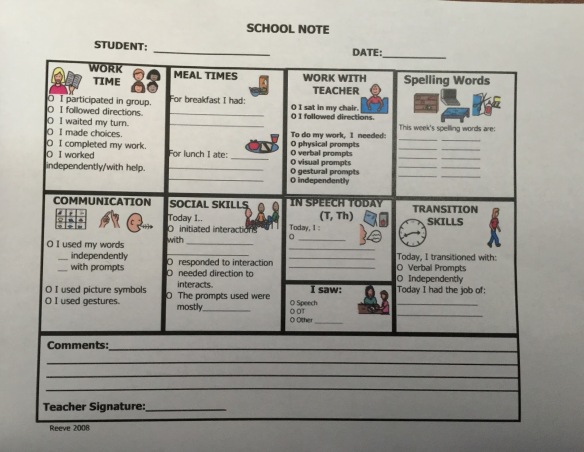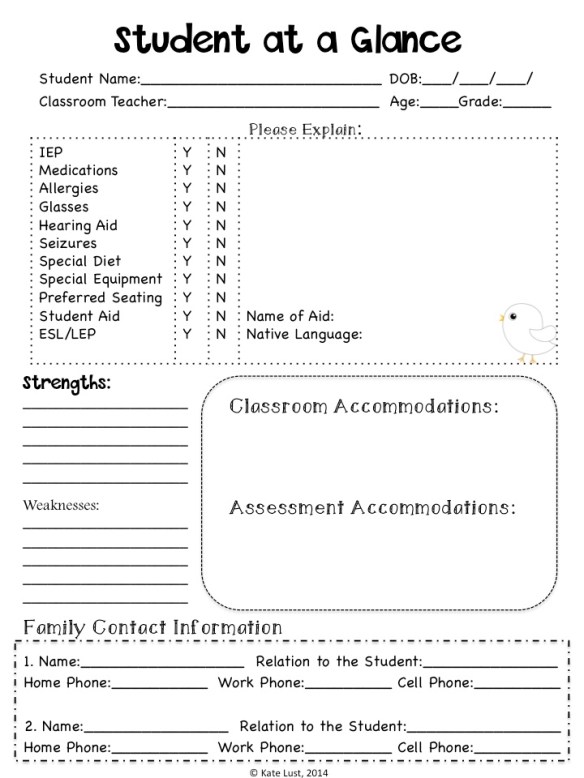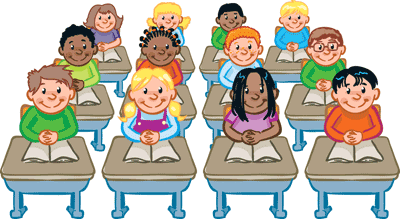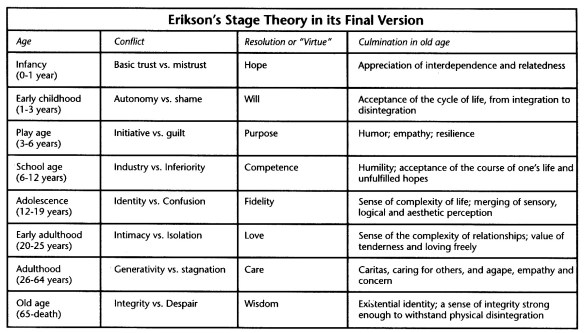
As the end of the school year approaches, many children and teachers are counting down to vacation. The activities and lesson plans in this collection will help you celebrate what you’ve all learned together and ease the anxiety of the transition to summer. Source
Articles for Teachers:
Let It Marinate: The Importance of Reflection and Closing
Scholastic collection of articles*Comprehensive source
Top 12 Effective End of the Year Activities
The Teacher Report: Fun End-of-Year Assignments
ADDITIONAL RESOURCES
- Making the Most of the Dreaded End-of-School Days An abundance of year-end activities from Education World.
- Winding Up Learning as the Year Winds Down Activities for the last few days of school.
- Quittin’ Time audio file Hear that memorable phrase from Gone With the Wind!
Articles for Parents:
Get Ready for Summer! Ideas for Teachers to Share with Families
Summer Enrichment or Just Hanging Out?
Parenting over Summer Break: Keeping Kids Learning, Healthy, and Out of Trouble
Summer Learning Tips for Parents
RESEARCH SHOWS VACATIONS MAKE KIDS SMARTER-Study Shows Link to Academic Achievement in First Graders

Summer facts To succeed in school and life, children and young adults need ongoing opportunities to learn and practice essential skills. This is especially true during the summer months.
Many Americans have a wonderful image of summer as a carefree, happy time when “kids can be kids,” and take for granted the prospect of enriching experiences such as summer camps, time with family, and trips to museums, parks, and libraries.
Unfortunately, some youth face anything but idyllic summer months. When the school doors close, many children struggle to access educational opportunities, as well as basic needs such as healthy meals and adequate adult supervision.
Did You Know?
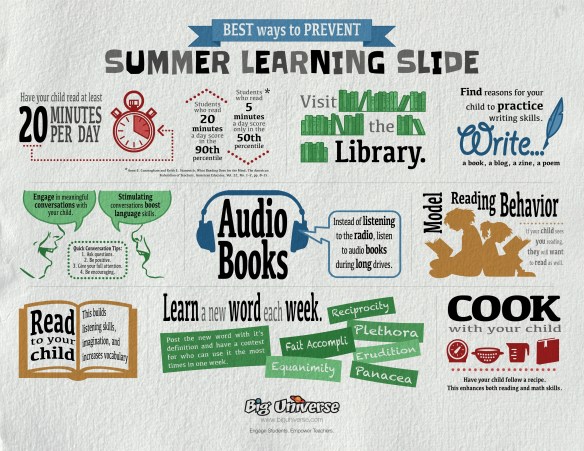
Thoughts for the future in school districts-
Article-
Video-









